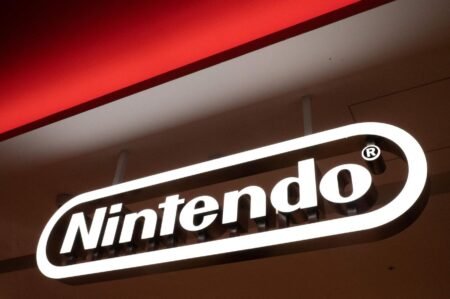The global markets are in turmoil as the yield on the 10-year Treasury falls below 3.8% amidst growing recession fears. Investors have sought refuge in government debt after a slowdown in global manufacturing activity and a weak jobs report last Friday. The U.S. manufacturing sector has also contracted, with companies reporting subdued demand due to current federal monetary policy. The JPMorgan Global Manufacturing PMI has dipped below its three-month moving average, further indicating a slowdown in the sector.
The Sahm Rule, an indicator that has accurately predicted nearly every U.S. recession since the 1950s, has been triggered as the unemployment rate rose to 4.3%. The rule states that a recession is imminent if the unemployment rate’s three-month moving average increases by half a percentage point. With the Sahm Rule hitting 0.53% following the latest jobs report, concerns about a recession are rising. However, other recession indicators like the New York Fed’s recession probability indicator and the Conference Board’s Leading Economic Index have not been reliable this cycle.
The inverted yield curve, which historically precedes a recession by 12 to 24 months, first appeared over 24 months ago, suggesting a delayed slowdown or a false positive. The recent poor economic data has led many to believe that a rate cut from the Federal Open Market Committee (FOMC) is necessary at the upcoming meeting. Given the economic uncertainty, gold continues to be recommended as a portfolio diversifier, with total gold demand reaching record highs in the second quarter of this year.
Amidst reports that China’s central bank was scaling back its gold purchases, new analysis suggests that the People’s Bank of China (PBoC) has been secretly importing bullion from the U.K. Famed gold analyst Jan Nieuwenheijs believes that the PBoC has been buying 400-ounce bars despite claiming otherwise, which could be bullish for gold demand. This comes as global gold jewelry sales slumped due to record prices, with Chinese consumers reducing spending on luxury goods.
Olympic medals at this year’s Games are unique, designed by LVMH-owned Chaumet and containing a piece of the Eiffel Tower. Oxford Economics suggests that winning an Olympic medal this year could yield considerable investment value. While the intrinsic value of the medals is based on silver and gold, their potential future worth could increase significantly by the time the Olympics take place in Los Angeles in 2028 and Brisbane in 2032. The association of gold with these coveted medals further highlights the enduring value of the precious metal.











